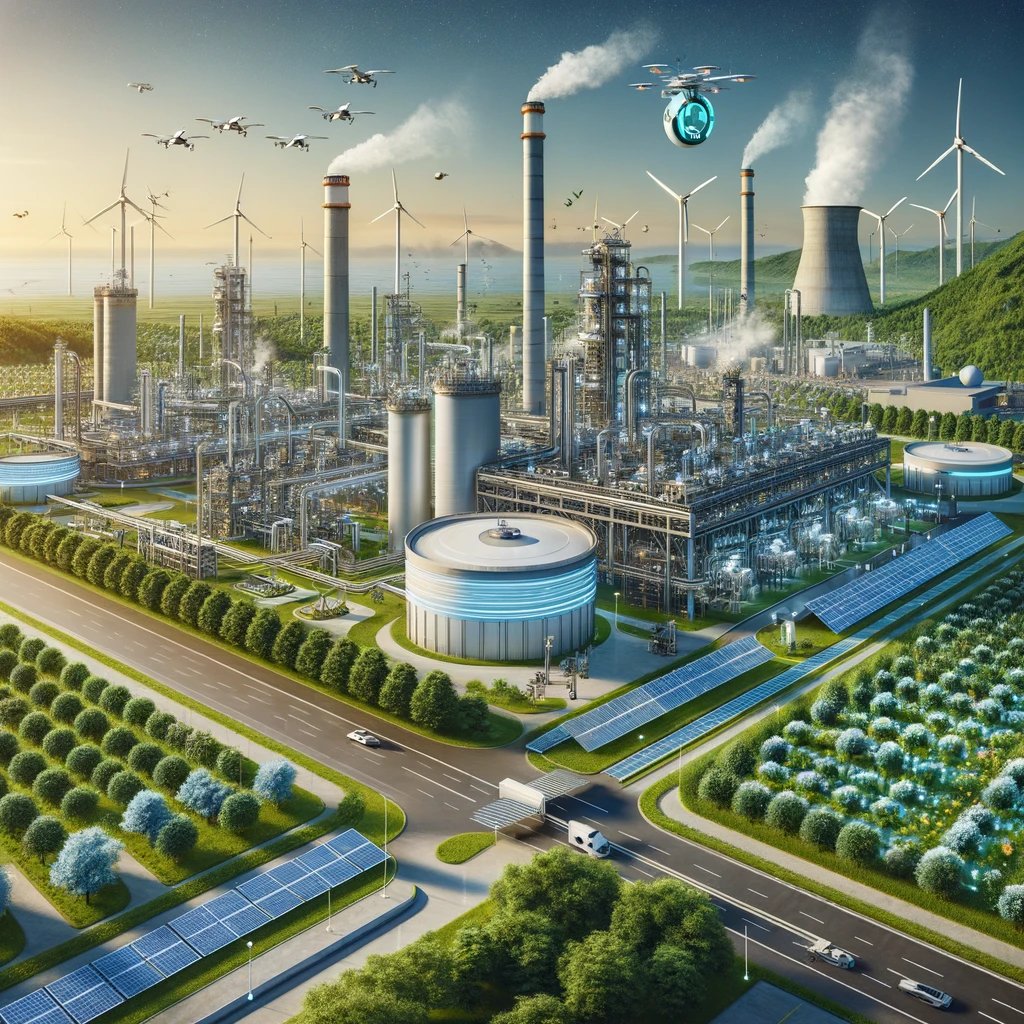Decarbonizing the Chemical Industry: CO2 to X, a Formula for Sustainability
SUSTAINABILITY OF THE PLANET
2/12/20243 min read


The chemical industry, traditionally viewed as a heavy emitter of greenhouse gases, is now at the crossroads of an unprecedented transformation. Fueled by groundbreaking CO2 to X technologies, the formation of the Global Impact Coalition (GIC), and a strategic pivot towards digitalization, the sector is not just responding to the climate crisis—it's aiming to lead the charge toward a sustainable future.
The Promise and Challenge of CO2 to X Technologies
CO2 to X technologies herald a new era for the chemical industry, turning the problem of carbon dioxide emissions into a portfolio of solutions. By converting CO2 into useful products like fuels, plastics, and even building materials, we can potentially close the carbon loop. However, the path is fraught with challenges. The scalability of these technologies remains a major hurdle, and their integration into existing infrastructures demands not just ingenuity but substantial investment. The question isn't about the feasibility of CO2 to X technologies but about our collective will and the policies to back this will to make them a cornerstone of the industry's future.
GIC: A Leap Towards Collaborative Decarbonization
The establishment of the Global Impact Coalition is more than a commitment; it's a testament to the industry's recognition of the power of collaboration. In a sector as diverse and sprawling as chemicals, the GIC's unified approach to scaling low-carbon technologies is both ambitious and necessary. Yet, for all its potential, the success of such coalitions hinges on overcoming competitive instincts for the greater good. The real impact of the GIC will be measured not just in emissions reduced but in the paradigms shifted within the industry and beyond.
Digitalization: The Unsung Hero of Decarbonization
In the shadow of technological innovations and grand coalitions, digitalization is quietly revolutionizing the chemical industry's approach to decarbonization. Tools like digital twins and AI-driven analytics aren't just enhancing efficiency; they're redefining what's possible in carbon capture and conversion. The digital transformation, however, must not be an afterthought. It requires a fundamental reimagining of processes from the ground up, a move that demands both courage and capital.




Towards a Cohesive Vision for a Sustainable Industry
As we chart the course towards a sustainable chemical industry, the integration of CO2 to X technologies, the collaborative spirit of the GIC, and the strategic application of digital tools emerge as pillars of this new era. Yet, the journey ahead is not just about technological breakthroughs or strategic alliances; it's about forging a new identity for the sector—one that places sustainability at its core.
The chemical industry's response to the climate crisis can serve as a blueprint for other sectors, showcasing how innovation, collaboration, and digitalization can drive not just environmental sustainability but also economic resilience. As we navigate this transformation, the industry stands on the precipice of a new age—an age where it no longer just contributes to the global economy but also to the health of our planet. The time for half-measures is past; the industry must now fully embrace its role as a steward of the earth's future.
(With AI Input)
Share:
Who We Are:
The Economic Nations champions global unity through economic collaboration, focusing on sustainable growth, reducing inequalities, and enhancing global relationships for mutual prosperity and peace.


Contacts
enquiry@economicnations.org
(xx) 98-11-937-xxx (On verification)
